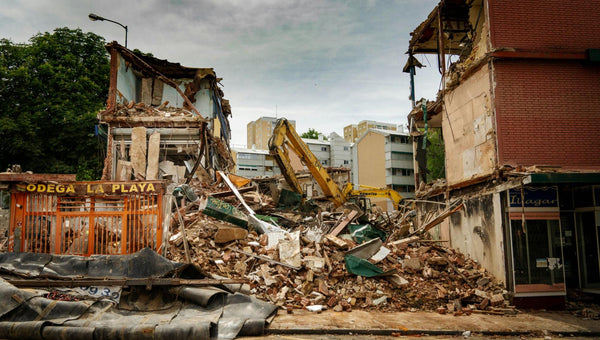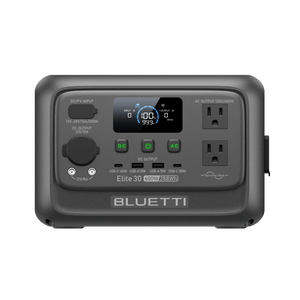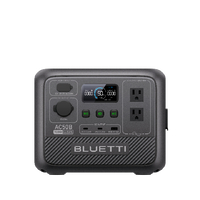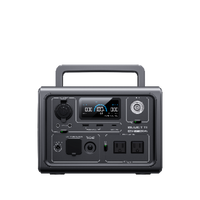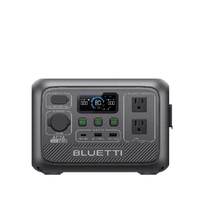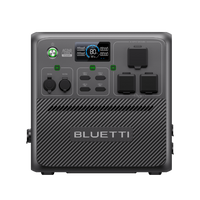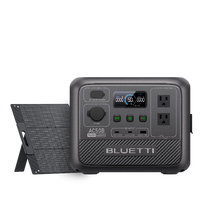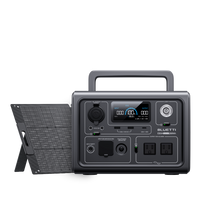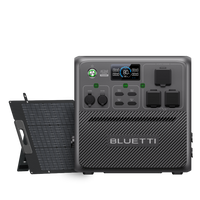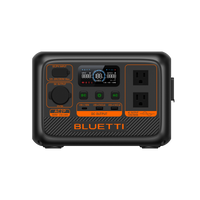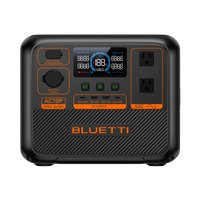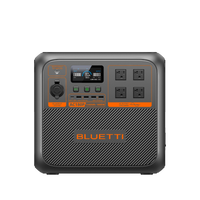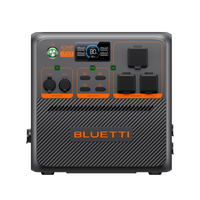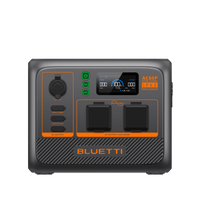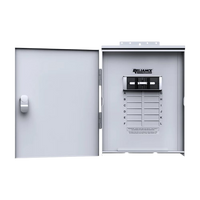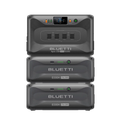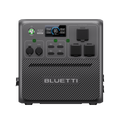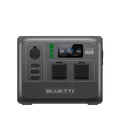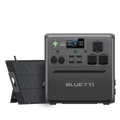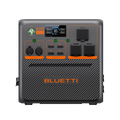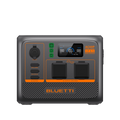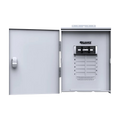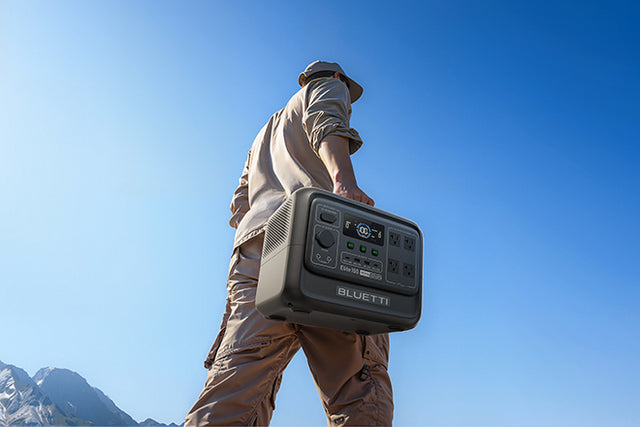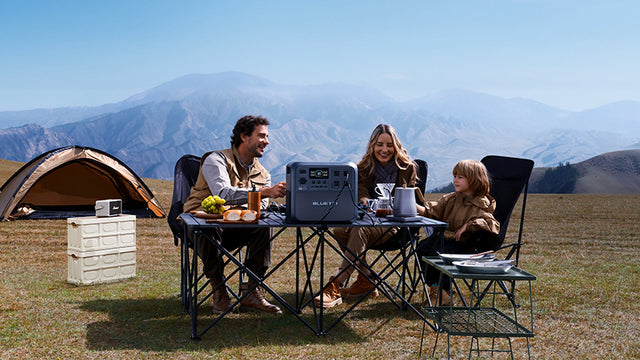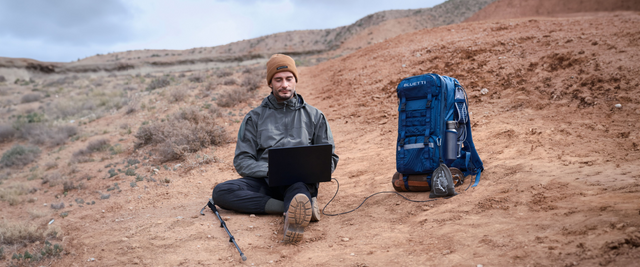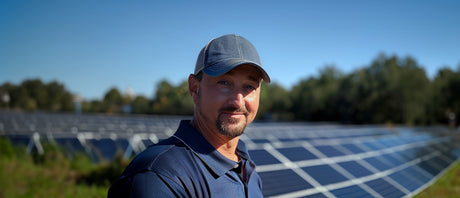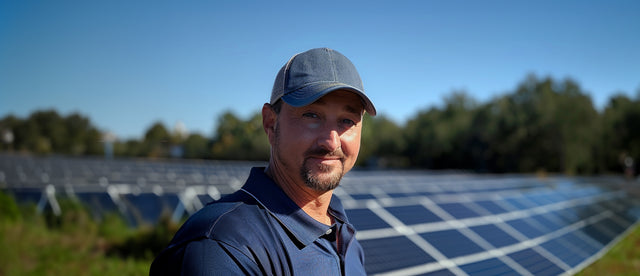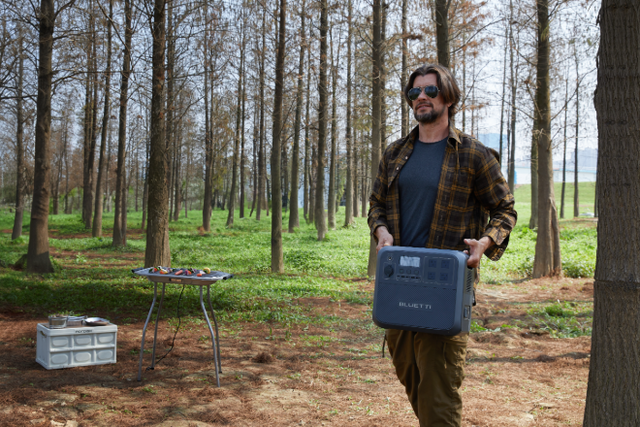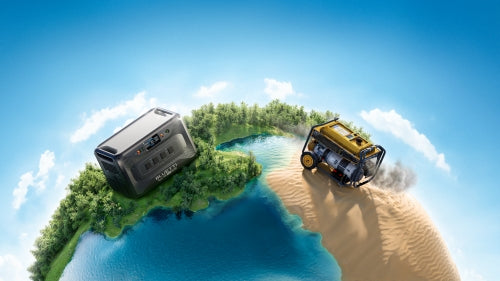Your cart is empty
Shop our products
Let's start with a little perspective. Imagine a volcano so huge it covers miles of seafloor, but it's hiding beneath 4,600 feet of water, about 250 nautical miles off the Oregon coast. That's Axial Seamount—often described as the most active underwater volcano in the Pacific Northwest.
Now, because it sits on the Juan de Fuca Ridge, a place where tectonic plates are pulling apart, it's always shifting, cracking, inflating, and yes, erupting. Scientists are buzzing because, based on the seafloor swelling and seismic rumbles, an Axial Seamount eruption in 2025 is looking more likely than not.
Don't panic, though—this isn't like Yellowstone blowing its top. An eruption here is fascinating, safe for humans, and, honestly, one of the coolest natural shows Earth can put on. Researchers have been monitoring it nonstop using the Ocean Observatories Initiative (OOI)—a network of cables, sensors, and even live-streaming HD cameras. So if this thing lights up again, we'll be in the front row.
But what does it mean if Axial Seamount decides to erupt in 2025? Let's break it all down.
Location And Fiery Past of Axial Seamount
A Volcano With a Unique Address
Axial Seamount sits on the Juan de Fuca Ridge, which is basically a scar in the Earth's crust where two tectonic plates are slowly pulling apart. The ridge itself stretches for hundreds of miles, but Axial is the showpiece—the largest and most active volcano on the ridge. While part of the Cobb–Eickelberg Seamount chain, formed over a hotspot millions of years ago, Axial's frequent eruptions are driven by the Juan de Fuca Ridge's tectonic spreading.
Why This Spot Matters
Because it's both on a spreading ridge and tied to a hotspot, Axial gets a double feed of magma. Think of it as a restaurant with two kitchens cranking out dishes at once. That's why it erupts more frequently than other seamounts. The constant push and pull make it a hotspot for scientists who want to see what happens when the Earth builds new crust in real time.
Looking Back in Detail
Let's talk about history. The 1998 eruption wasn't just the first one modern instruments recorded—it was a proof-of-concept moment. Scientists predicted it, set up sensors, and—boom—the volcano delivered. Then came 2011, when the eruption was so well forecast that researchers were practically waiting with popcorn. The 2014 activity and 2015 eruption showed that the volcano isn't on some slow, once-in-a-century cycle; it can recharge quickly.
How Scientists Forecast the Next Blow: Predictions For 2025

So here's the big question everyone keeps circling back to: is 2025 the year Axial Seamount blows again? The short answer: scientists think so. The long answer is much juicier, because it comes down to magma, earthquakes, and some very nerdy (but very cool) data charts. Let's unpack it.
Watching the Seafloor Inflate Like a Balloon
One of the clearest signals we have comes from pressure sensors on the summit. After every eruption, the seafloor deflates as magma drains out, like letting the air out of a balloon. Then, slowly but surely, the floor starts rising again as magma refills the chamber. Since the 2015 eruption, the volcano has been swelling back up at a steady pace. And, by now, the ground has lifted higher than it was before both the 2011 and 2015 eruptions. In other words, the "balloon" is stretched tighter than ever. That makes geologists raise their eyebrows and say, "Yeah, something's coming."
Constant Earthquakes Beneath the Waves
Seismic activity is another big tell. Axial Seamount is constantly shivering with tiny quakes—we're talking hundreds to thousands per month. Most are so small you'd never feel them even if you were sitting on the ocean floor. But they add up to a pattern: magma pushing against rock, creating little cracks, basically carving out escape routes. Over the past two years, the number and intensity of these quakes have crept up. It's like hearing the creaks of an old house before a storm; you know the pressure is building.
Comparing Cycles: History Repeats Itself
This isn't guesswork pulled out of thin air. Scientists have actual cycles to compare. Before the 2011 eruption, the volcano showed the same combo of uplift and quakes. Same story before 2015. If you overlay the graphs from past years with the current data, it's uncanny. The lines are practically identical—except this time, inflation is slightly greater. If history really does repeat itself, 2025 is primed to deliver the next act.
Could It Be Earlier… or Later?
Here's where we have to stay humble. Volcanoes don't follow human calendars. While the smart money is in late 2025, there's wiggle room. If the magma chamber finds a weak spot sooner, it could erupt any month now. On the flip side, if the rock holds firm, it might stall until early 2026. Scientists aren't in the business of setting exact dates, but they are confident the eruption is imminent.
Why Scientists Are So Excited
For volcanologists, this is like waiting for a season finale of your favorite show. The buildup has all the classic signals: swelling, shaking, and cracking. Except instead of special effects, this is Earth doing its thing in real time. When the Axial Seamount eruption of 2025 happens, researchers will test their models against reality. Did their predictions line up?
Did the sensors catch the moment magma began to rise? These answers don't just apply to Axial—they ripple out to every other volcano we're trying to understand.
What an Axial Seamount Eruption Looks Like

The First Hour of Chaos
When Axial finally lets go, the opening act is intense. Imagine magma rushing into cracks and fractures, pressurizing them until the rock can't take it anymore. The eruption kicks off with a burst: an hour or two of lava pouring out at high speed. But remember, this all happens under nearly a mile of seawater. That much pressure keeps the eruption from being explosive. No Hollywood-style fireballs, just lava quietly flooding the seafloor.
The Marathon Phase
Once the initial frenzy is over, the rhythm becomes more stable. Lava continues to spill over, forming a new crust, taking weeks, sometimes a month. It's as if the Earth is paving itself with new crust. The bottom of the ocean is changing to lava rivers, channels, and domes. If you could see it live, you'd find glowing lava rapidly solidifying into so-called pillow lavas, a feature of eruptions under the sea.
No Surface Drama
And here's the part that surprises people: you'll never see a plume of ash or a wave crashing onto Oregon's beaches. The sheer depth and water pressure dampen any explosions. Instead, the eruption remains locked beneath the ocean, visible only to the cameras and instruments installed by scientists. That's what makes an Axial Seamount eruption in 2025 so scientifically valuable, but completely safe for us on land.
Why It Matters For People, Ecosystems, And Climate: The Potential Impacts of Eruption

Zero Human Risk
Let's get this out of the way: you don't need to stockpile canned beans or run for the hills. This volcano is too far offshore and too deep to cause tsunamis or major quakes that could affect coastal communities. Your beach vacation is safe.
The Ocean's Wildlife Shuffle
Down on the seafloor, though, it's a different story. Lava flows bulldoze over existing hydrothermal vent systems, wiping out colonies of tube worms, snails, and other vent-dependent creatures. For a short time, it's devastating. But life bounces back fast. Within months, microbes colonize the new vents, followed by animals. These ecosystems essentially reset, giving scientists a rare chance to watch evolution and adaptation play out almost in fast-forward.
The Science Gold Rush
From a research perspective, every eruption is a jackpot. Scientists learn about magma plumbing systems, plate tectonics, deep-sea biology, and even the chemical cycles that tie into global climate systems. For many researchers, an Axial Seamount eruption in 2025 would be the event of their careers—a front-row seat to the Earth rewriting itself underwater.
How We Keep Tabs on Axial Seamount

Tech Toys on the Seafloor
Axial Seamount might be the best-wired volcano on Earth. Pressure sensors sit on the summit, measuring every millimeter of uplift. Seismometers record thousands of tiny quakes. Fiber optic cables beam all this back to shore instantly. There are even cameras livestreaming hydrothermal vents, so you can literally watch life return after an eruption.
Why It Matters Globally
So why pour millions of dollars into monitoring a volcano no one can see? Because the lessons extend far beyond the seafloor. By studying Axial, scientists refine their ability to predict eruptions elsewhere—including on land, where people do live in harm's way. Axial acts as a natural lab where the stakes are low, but the insights are massive.
The Excitement Factor
And honestly? There's something thrilling about it. Imagine sitting at your laptop, watching live footage of lava carving new crust thousands of feet underwater. It's not just research; it's like being let in on one of Earth's biggest secrets. If an Axial Seamount eruption in 2025 happens, it won't just be a science headline—it'll be a moment of wonder for anyone curious about how our planet really works.
So, bottom line: an Axial Seamount eruption in 2025 isn't a catastrophe waiting to happen. It's more like nature's fireworks show that scientists can study in real time. It won't ruin your beach plans, but it will rewrite textbooks.
If you're the kind of person who loves knowing how the planet works, this is one of the most exciting stories of the decade. Keep an eye on updates from NOAA and the OOI, and maybe bookmark a livestream or two. Because when it happens, you'll want to witness history from your couch.
Staying Prepared—Because Life Throws Curveballs
Even though an eruption this far offshore won't cut your power, other things can—coastal storms, grid failures, you name it. If 2025 has taught us anything, it's that being prepared never hurts. That's where the Elite 100 V2 Portable Power Station and the Apex 300 Home Backup Power come in handy.
Why the Elite 100 V2 is a Winner

The BLUETTI Elite 100 V2 Portable Power Station is a beast that packs 1,800W of output with a 3,600W peak—enough to run kettles, heaters, laptops, or even your coffee machine when the lights go out. Its LiFePO₄ battery lasts for 4,000+ cycles (translation: 10 years of use). And the fast-charge feature? 80% in 45 minutes. Perfect for camping, overlanding, or unexpected blackouts.
Apex 300: The Big Dog for Home Backup

If you want whole-house peace of mind, the Apex 300 Home Backup Power is on another level. With 3,840W of output (and surge up to 7,680W), dual 120V/240V support, and zero-delay UPS, it can keep your fridge, heater, EV charger, and even your dryer humming during outages. It's modular too—expandable up to 58 kWh for serious energy independence.
Final Word
An Axial Seamount breakout in 2025 is not a story of danger but of discovery. It is Earth demonstrating the way it functions, and we, being fortunate, observe it all taking place in real time.
And chances are, you may not notice a difference in your daily life, but it is a reminder that something unexpected may always occur. Therefore, always having a reliable backup power source, such as the portable Elite 100 V2 during an adventure or the powerhouse Apex 300 when it comes to keeping your home secure, keeps you a step ahead.
Do not be afraid of the eruption. Stay prepared!
Shop products from this article
Be the First to Know
You May Also Like
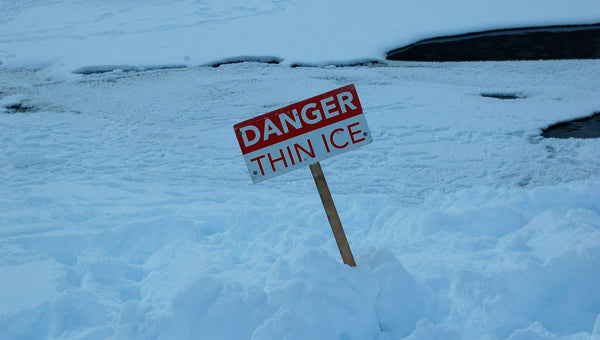
Preparing for a Lake Effect Snow Warning: A Complete Guide
